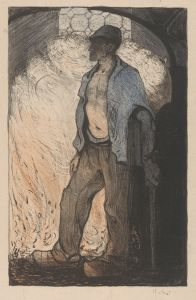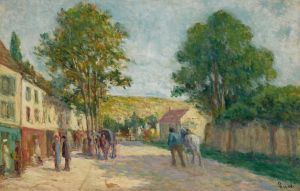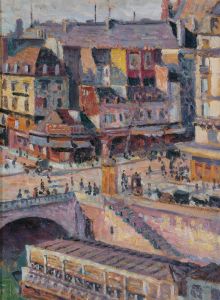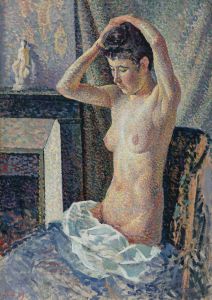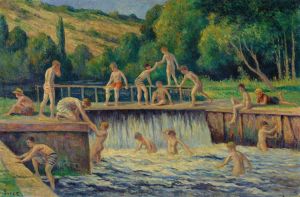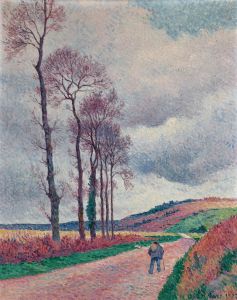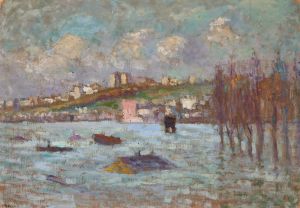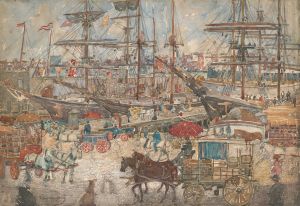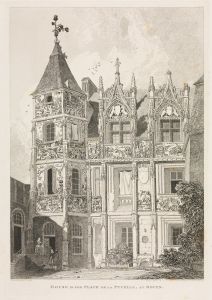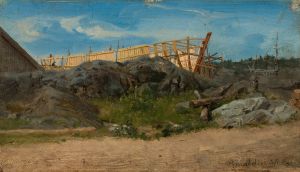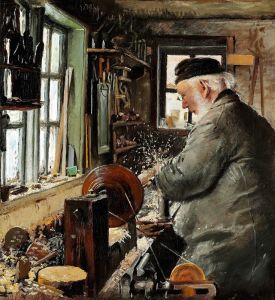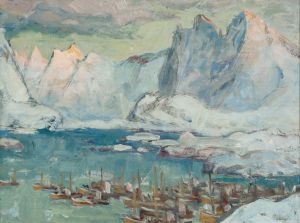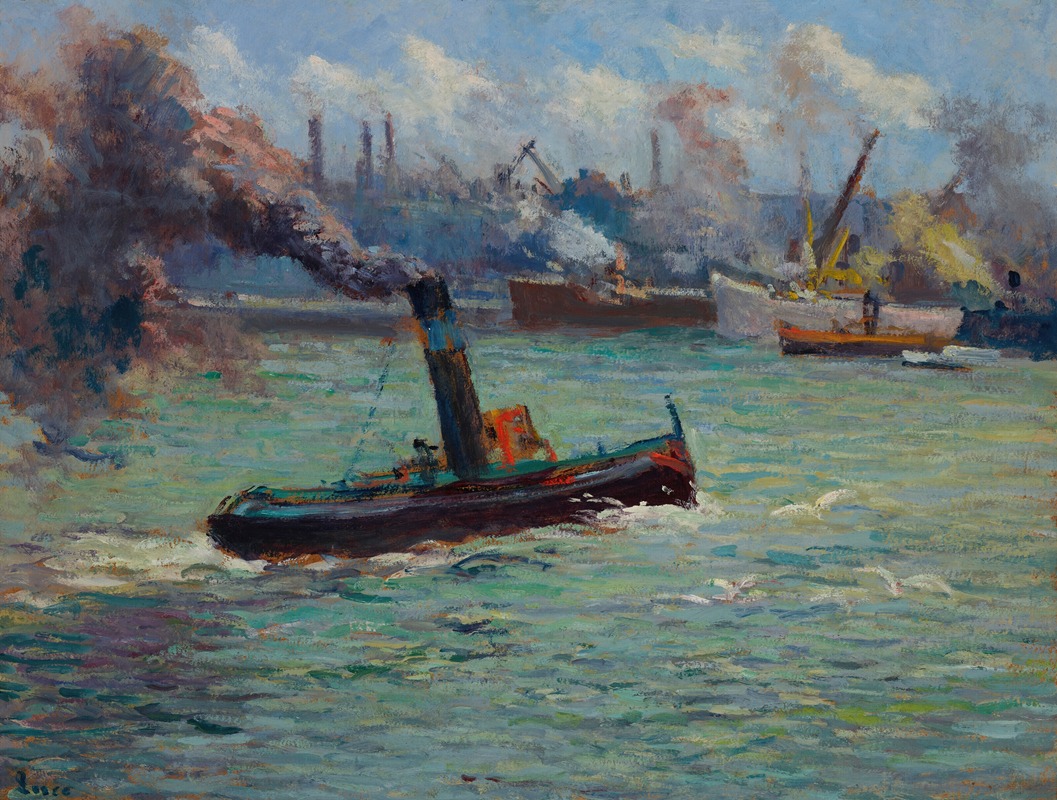
Le port de Rouen
A hand-painted replica of Maximilien Luce’s masterpiece Le port de Rouen, meticulously crafted by professional artists to capture the true essence of the original. Each piece is created with museum-quality canvas and rare mineral pigments, carefully painted by experienced artists with delicate brushstrokes and rich, layered colors to perfectly recreate the texture of the original artwork. Unlike machine-printed reproductions, this hand-painted version brings the painting to life, infused with the artist’s emotions and skill in every stroke. Whether for personal collection or home decoration, it instantly elevates the artistic atmosphere of any space.
Maximilien Luce was a French Neo-Impressionist artist known for his contributions to the Pointillist movement, which was characterized by the use of small, distinct dots of color applied in patterns to form an image. One of his notable works is "Le port de Rouen," a painting that captures the bustling activity of the port city of Rouen, located in the Normandy region of France.
Rouen, with its strategic location along the Seine River, has historically been an important center for trade and commerce. During the late 19th and early 20th centuries, when Luce was active, the port was a hub of industrial activity, with ships frequently arriving and departing, laden with goods. This vibrant setting provided a rich subject for artists interested in capturing the dynamism of modern life.
"Le port de Rouen" exemplifies Luce's skillful use of the Pointillist technique, which he adopted after being influenced by Georges Seurat and Paul Signac, the pioneers of this style. In this painting, Luce meticulously applied small dots of pure color to the canvas, allowing the viewer's eye to blend them at a distance. This method not only created a luminous effect but also conveyed the movement and energy of the port scene.
The painting depicts various elements typical of a busy port: ships with towering masts, cranes, and workers engaged in their daily tasks. The composition is carefully balanced, with the Seine River providing a natural division between the bustling port activities and the cityscape in the background. The use of light and color is particularly striking, as Luce captures the interplay of natural and artificial light reflecting off the water and illuminating the scene.
Maximilien Luce was not only an artist but also an anarchist, and his political beliefs often influenced his work. He was deeply concerned with the lives of the working class, and this is reflected in his choice of subjects. By portraying the port of Rouen, Luce highlighted the industriousness of the workers and the significance of their contributions to the economy. His paintings often carried an underlying social message, emphasizing the dignity and importance of labor.
"Le port de Rouen" is a testament to Luce's ability to blend artistic innovation with social commentary. His work remains an important part of the Neo-Impressionist movement, which sought to capture the changing world through new techniques and perspectives. Today, Luce's paintings are celebrated for their technical mastery and their ability to convey the vibrancy of everyday life.
The painting is housed in various collections, and like many of Luce's works, it continues to be studied and appreciated for its historical and artistic significance. Through "Le port de Rouen," viewers gain insight into both the bustling life of an important French port and the innovative artistic techniques of the late 19th century.





